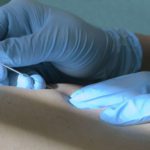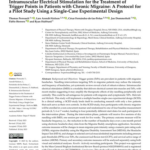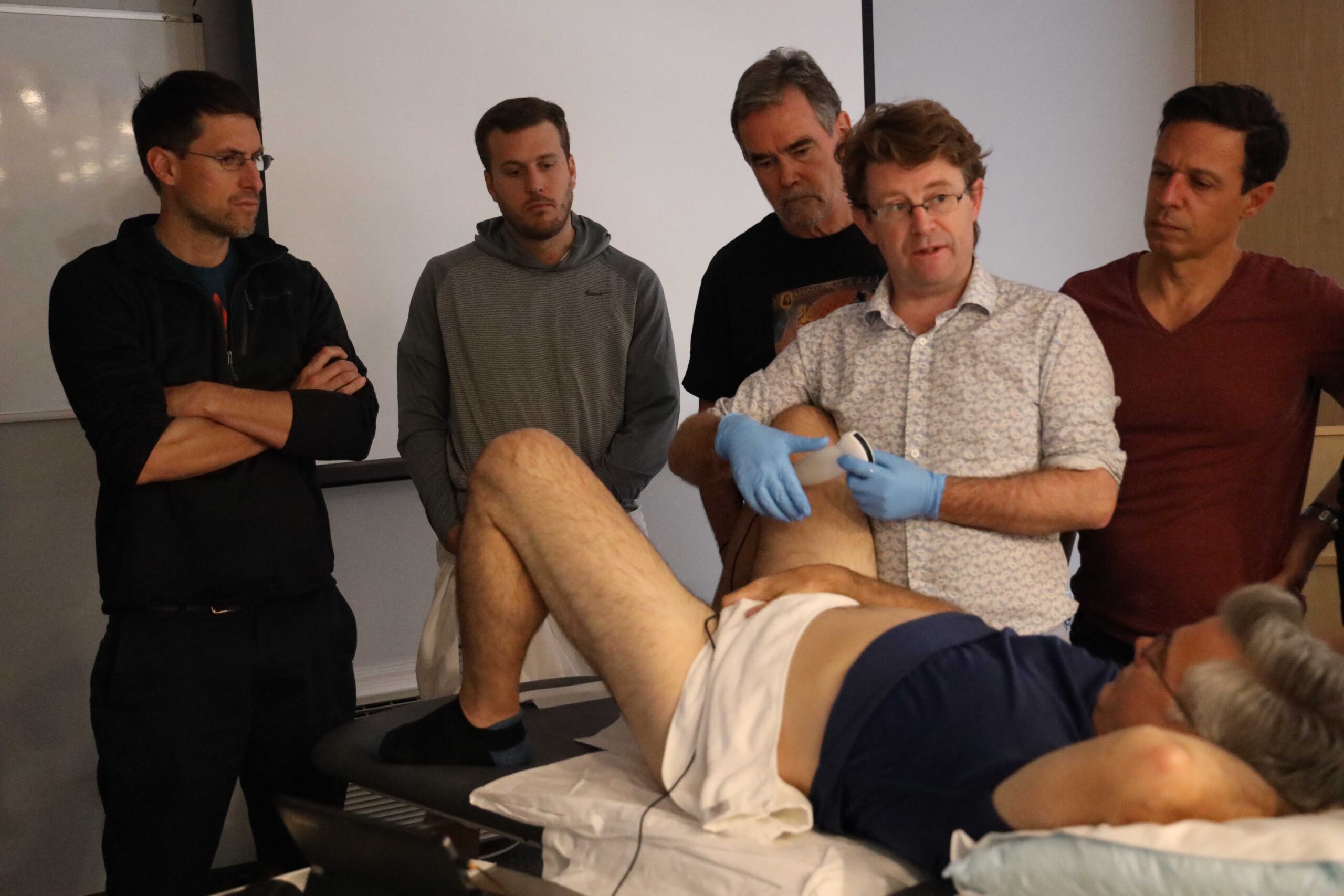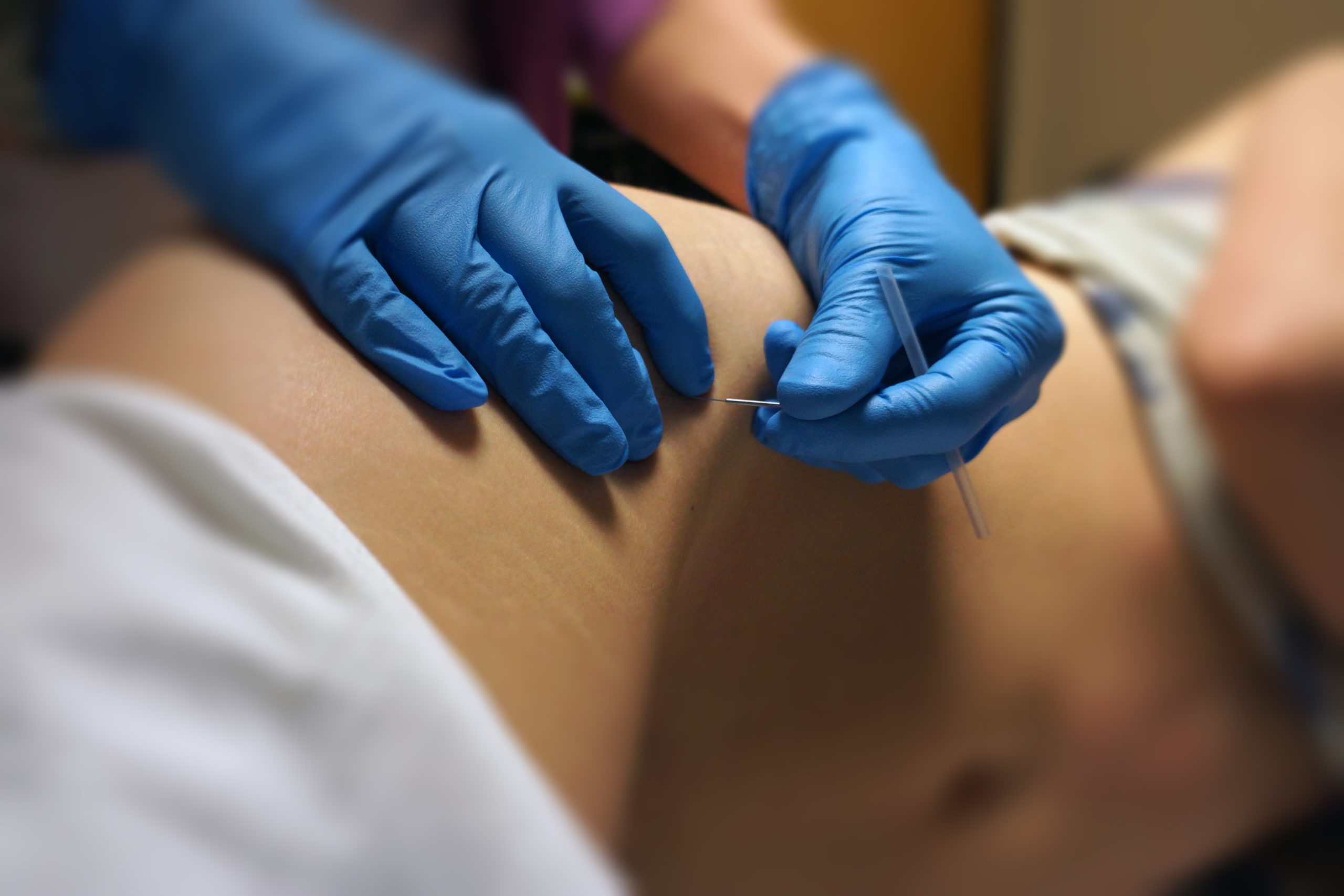Men’s Health Physical Therapy
The men’s health physical therapy field has been growing steadily over the years, and there is an increasing demand for skilled professionals who can address the unique needs of male patients. Myopain Seminars hosts a unique Men’s Health Physical Therapy course taught by renowned Irish physiotherapist Gerard Greene.
Gerard gave an amazing course on Men’s Pelvic Health. He was knowledgeable and covered the most important topics to my clinical practice. Thank you Gerard! Rachel Roach, MPT – Eugene, OR
It is not all that long ago that pelvic pain and dysfunction were thought to be exclusively women’s pelvic health issues. The section of the American Physical Therapy Association addressing pelvic health was known as the “Section on Women’s Health Section” after a name change from its previous name of the “Section on Obstetrics and Gynecology.” Recently, the name changed to the “Academy of Pelvic Health Physical Therapy” in recognition that every person has a pelvis, and pelvic health is indeed a concern for everybody. Interestingly, the name of the Academy’s journal is the ‘Journal of Women’s and Pelvic Health Physical Therapy.’ A scoping review of sport and pelvic floor dysfunction in male and female athletes demonstrated ”major gaps in the literature include studies focused on male participants, other pelvic floor dysfunction (e.g., anal incontinence, pelvic organ prolapse, and pelvic pain) (Giagio et al., 2021).
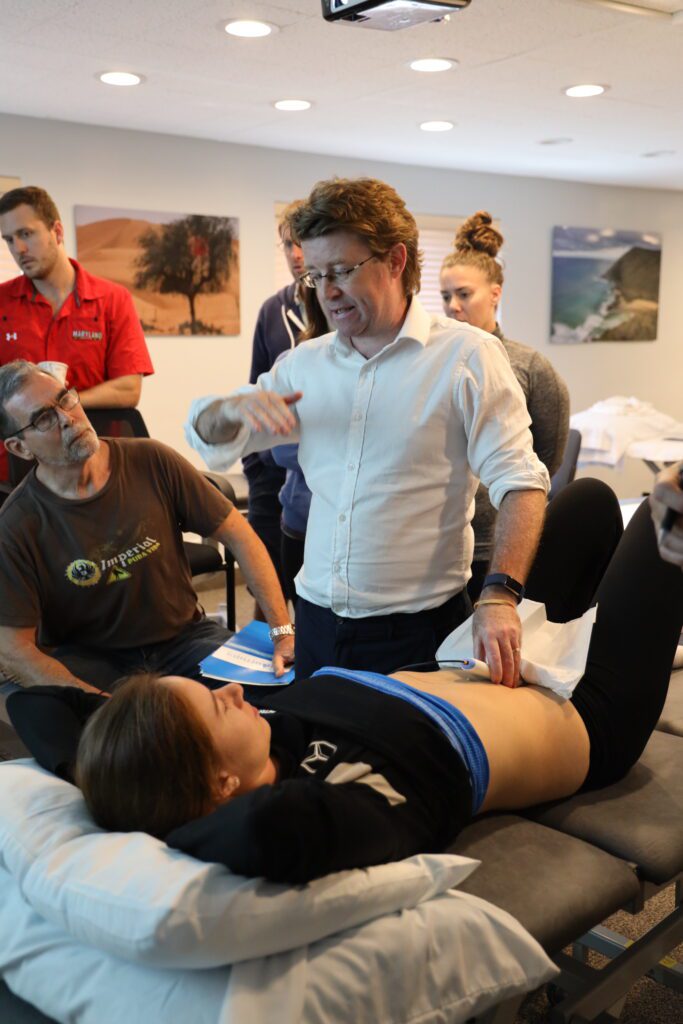 Men’s health issues often require a specialized approach due to the unique physiological and anatomical differences between men and women. Conditions like hard flaccid syndrome (Abdessater et al., 2020), post-prostatectomy urinary incontinence (Rahnama’i et al., 2021), and post-prostatectomy erectile dysfunction (Lima et al., 2021; Rogers et al., 2022) require advanced knowledge and skills of healthcare providers. Male pelvic pain (Archambault-Ezenwa et al., 2019), male athletic pelvic pain (Drager et al., 2020), and Peyronies disease (Ziegelmann et al., 2020) are also very common, marginally understood, and poorly managed. Men’s health problems, such as pelvic pain, sexual dysfunction, and urinary incontinence, are often considered sensitive topics. Properly trained physical therapists can create a safe and comfortable environment for patients to discuss their concerns and receive appropriate care.
Men’s health issues often require a specialized approach due to the unique physiological and anatomical differences between men and women. Conditions like hard flaccid syndrome (Abdessater et al., 2020), post-prostatectomy urinary incontinence (Rahnama’i et al., 2021), and post-prostatectomy erectile dysfunction (Lima et al., 2021; Rogers et al., 2022) require advanced knowledge and skills of healthcare providers. Male pelvic pain (Archambault-Ezenwa et al., 2019), male athletic pelvic pain (Drager et al., 2020), and Peyronies disease (Ziegelmann et al., 2020) are also very common, marginally understood, and poorly managed. Men’s health problems, such as pelvic pain, sexual dysfunction, and urinary incontinence, are often considered sensitive topics. Properly trained physical therapists can create a safe and comfortable environment for patients to discuss their concerns and receive appropriate care.
This class with Gerard Greene has made me much more comfortable in understanding my patients’ problems and effective treatments. Understanding the anatomy of the male pelvic floor, prostatectomies, and other conditions will dramatically help me in clinical practice. Thank you!!! Urszula Nieznalska, PT, DPT – Fairlawn, NJ
Hard Flaccid Syndrome
Hard flaccid syndrome (HFS) is a painful and chronic male sexual dysfunction characterized by a semi-rigid penis in the flaccid state and a loss of erectile function. It is often caused by direct trauma to the erect penis, however, there is recent evidence demonstrating a subset of patients who develop HFS due to neural convergence and sensitization of the pudendal-hypogastric reflex. These patients often deny pelvic trauma but have positive histories of hip, abdominal, pelvic girdle, and/or lower back impairments (Goldstein et al., 2023). Patients with this condition are usually quite distressed and suffer from various urinary issues, chronic muscle pain, and erectile dysfunction.
Post-prostatectomy Urinary Incontinence and Erectile Dysfunction
Prostate cancer is the second most common cancer in males after non-melanoma skin cancer, with over 1.2 million men diagnosed in 2018. The most common treatments are a radical prostatectomy and external beam radiation therapy. Conservative treatment options may be considered for patients with a low risk of dying from their prostate cancer and include “active surveillance” and “watchful waiting” (EAU Guidelines Office, 2023). Sadly, most patients who underwent a radical prostatectomy did not feel they received enough education about their condition following surgery (Rogers et al., 2022). Many were unaware that they would suffer from urinary incontinence and erectile dysfunction.
The etiology of post-prostatectomy urinary incontinence may involve multiple factors, such as damage to neurovascular structures during surgery, the development of scar tissue and fascial fibrosis, and the actual nature of the surgery. There may have been a direct injury to the internal sphincter, the external rhabdosphincter, or the supporting structures of the urethra (Rahnama’i et al., 2021). Patients who had surgery sparing the neck of the bladder usually have better outcomes.
Regarding post-prostatectomy erectile dysfunction, most men were not educated sufficiently about their post-surgery options to start erectile dysfunction and penile rehabilitation.
Male (Athletic) Pelvic Pain
Male pelvic pain, commonly referred to as Male Chronic Pelvic Pain Syndrome (MCPPS), is defined as “pain, pressure, or discomfort localized in the pelvic region, perineum, or genitalia lasting more than 3 months, in the absence of uropathogenic bacteria” (Archambault-Ezenwa et al., 2019). Athletic pelvic pain, also known as pubalgia or as pubic inguinal pain syndrome (Cavalli et al., 2014), is often exacerbated by sports activities, such as kicking, jumping, sprinting, and cutting (Drager et al., 2020). Symptoms may include lower abdominal pain, pain in the hip adductors, and pain with palpation over the pubic reproduced with forced sneezing or coughing or during a resisted sit-up (Drager et al., 2020). Many male athletes, such as soccer and rugby players, suffer from pelvic floor problems (Cavalli et al., 2014).
Peyronies disease
This is another common, but misunderstood, male health problem characterized by penile pain, abnormal penile curvature, sexual dysfunction, and psychological distress. The problem often results from trauma to the erect penis with subsequent scarring or fascial adhesions. The adhesions may be located in the lower abdomen (Kharaji et al., 2022) or directly in the penis itself.
I’ve never been to a course with as much group engagement as this. Working with both males and females to assess and treat the PF was incredibly educational. Gerard’s teaching style was very conducive to a comfortable and collaborative course. Holly Kock, DPT – Eugene, OR
Management
A multimodal treatment for managing male pelvic health issues is the most beneficial strategy, including education, behavioral modifications, pelvic floor muscle treatments, continence training, specific treatments for erectile dysfunction, and medical management for pain control. A direct relationship exists between the pelvic floor and male sexual health (Cohen et al., 2016). Physical therapists, occupational therapists, and chiropractors interested in pelvic pain and dysfunction can make a real difference in the lives of male patients suffering from these conditions.=]
The Myopain Seminars Men’s Health PT course will include a detailed history-taking of the complex conditions of men with pelvic dysfunction. This course will also address the challenges of setting up or building a men’s health PT service.
Myopain Seminars is known for offering evidence-based courses. Attending the men’s health course ensures that clinicians receive up-to-date information and training based on the latest research and best practices in the field.
Jan Dommerholt, PT, DPT, President, Myopain Seminars
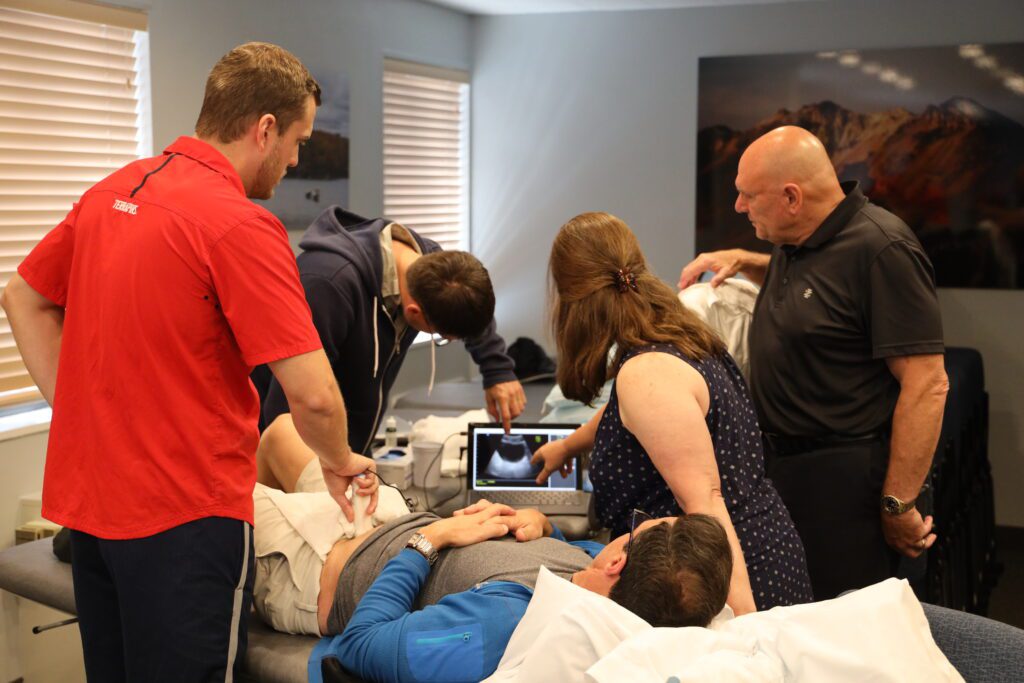
Dry Needling for Pelvic Pain
This 3-day course will introduce the concept of TrP dry needling as it relates to the muscles of the pelvis and perineum. The course integrates pain science research with anatomy and biomechanics. Students will learn techniques to perform dry needling to the region safely and learn clinical patterns to improve clinical reasoning as to when and where to utilize TrP DN. Muscle groups include the hip adductors, adductors, and flexors, the abdominal muscles, the urogenital triangle, levator ani, and coccygeus.
References
Abdessater, M., Kanbar, A., Akakpo, W., & Beley, S. (2020). Hard flaccid syndrome: state of current knowledge. Basic Clin Androl, 30, 7. https://doi.org/10.1186/s12610-020-00105-5
Archambault-Ezenwa, L., Markowski, A., & Barral, J. P. (2019). A comprehensive physical therapy evaluation for Male Chronic Pelvic Pain Syndrome: A case series exploring common findings. J Bodyw Mov Ther, 23(4), 825-834. https://doi.org/10.1016/j.jbmt.2019.05.021
Cavalli, M., Bombini, G., & Campanelli, G. (2014). Pubic inguinal pain syndrome: the so-called sports hernia. Surg Technol Int, 24, 189-194.
Cohen, D., Gonzalez, J., & Goldstein, I. (2016). The Role of Pelvic Floor Muscles in Male Sexual Dysfunction and Pelvic Pain. Sex Med Rev, 4(1), 53-62. https://doi.org/10.1016/j.sxmr.2015.10.001
Drager, J., Rasio, J., & Newhouse, A. (2020). Athletic Pubalgia (Sports Hernia): Presentation and Treatment. Arthroscopy, 36(12), 2952-2953. https://doi.org/10.1016/j.arthro.2020.09.022
EAU Guidelines Office. (2023). EAU Guidelines. Edn. presented at the EAU Annual Congress Milan 2023. ISBN 978-94-92671-19-6. https://uroweb.org/guidelines/prostate-cancer
Giagio, S., Salvioli, S., Pillastrini, P., & Innocenti, T. (2021). Sport and pelvic floor dysfunction in male and female athletes: A scoping review. Neurourol Urodyn, 40(1), 55-64. https://doi.org/10.1002/nau.24564
Goldstein, I., Komisaruk, B.R., & Yee, A. (2023) Hard Flaccid Syndrome Proposed to Be Secondary to Pathological Activation of a Pelvic/Pudendal-Hypogastric Reflex. AUA News.
Kharaji, G., Bahramian, M., Dabbaghipour, N., Molaeinezhad, M., Dommerholt, J., & Mehrad, M. (2022). Physical Therapy and Dry Needling for Erectile Dysfunction and Impaired Penile Sensation Following Reconstructive Surgeries of the Penis; A Case Report. International Clinical Neuroscience Journal, 9, e25. https://journals.sbmu.ac.ir/neuroscience/article/view/38714
Lima, T. F. N., Bitran, J., Frech, F. S., & Ramasamy, R. (2021). Prevalence of post-prostatectomy erectile dysfunction and a review of the recommended therapeutic modalities. Int J Impot Res, 33(4), 401-409. https://doi.org/10.1038/s41443-020-00374-8
Rahnama’i, M. S., Marcelissen, T., Geavlete, B., Tutolo, M., & Hüsch, T. (2021). Current Management of Post-radical Prostatectomy Urinary Incontinence. Front Surg, 8, 647656. https://doi.org/10.3389/fsurg.2021.647656
Rogers, F., Rashidi, A., & Ewens, B. (2022). Education and support for erectile dysfunction and penile rehabilitation post prostatectomy: A qualitative systematic review. Int J Nurs Stud, 130, 104212. https://doi.org/10.1016/j.ijnurstu.2022.104212
Ziegelmann, M. J., Bajic, P., & Levine, L. A. (2020). Peyronie’s disease: Contemporary evaluation and management. Int J Urol, 27(6), 504-516. https://doi.org/10.1111/iju.14230
